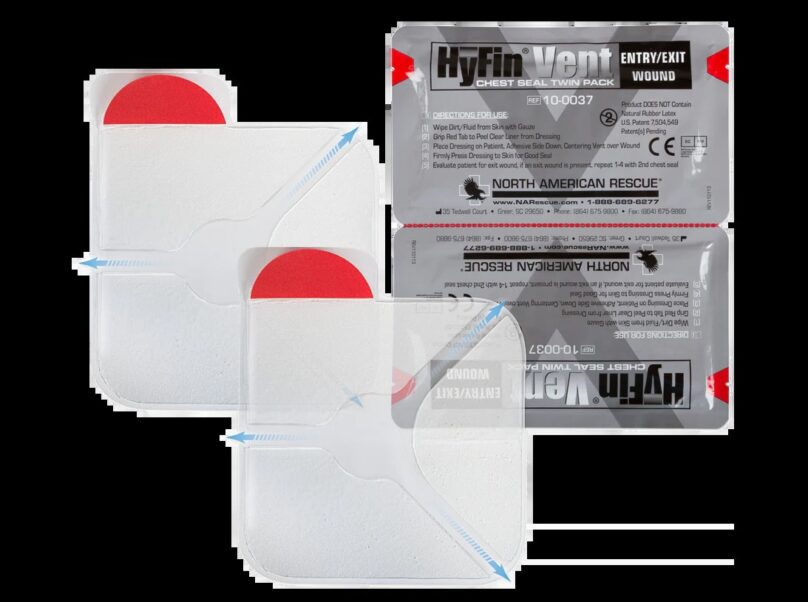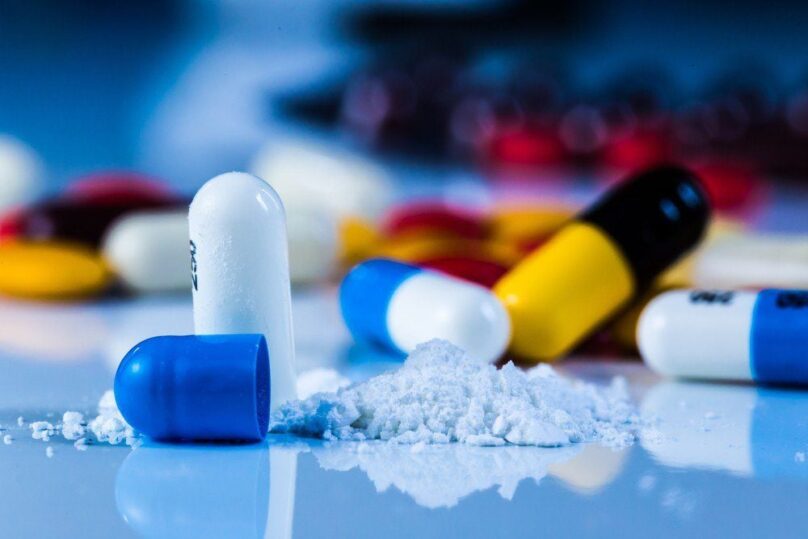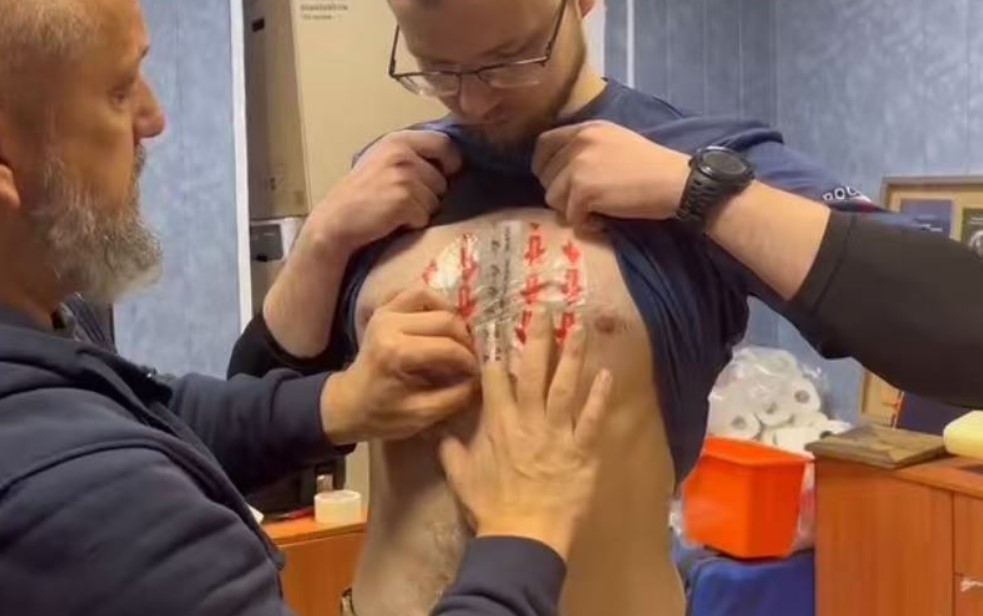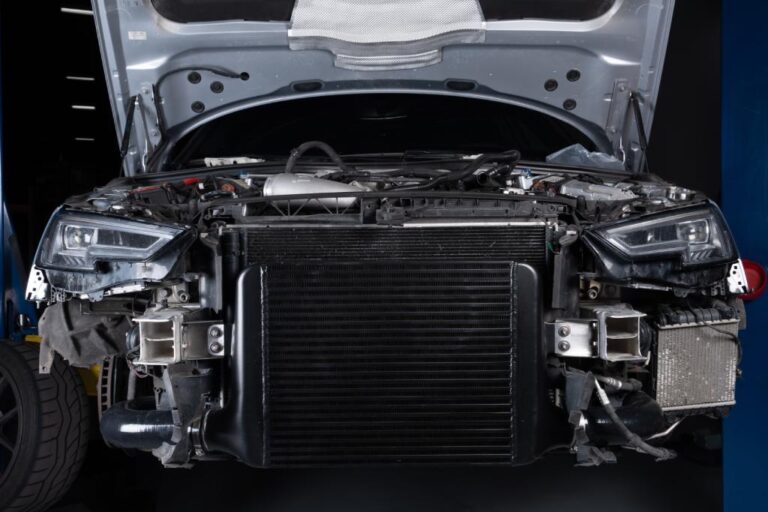Gunshot wounds can pose significant health risks beyond the initial trauma. After emergency treatment, monitoring for infections becomes essential to avoid further complications. Infections can develop quickly, often leading to severe health issues if left unchecked. Knowing what signs to look for after medical attention is crucial for recovery.
This article aims to provide clear information on infection risks related to gunshot wounds and how to handle the healing process effectively.
Table of Contents
Key Points
- Infection is a common complication after gunshot wounds.
- Swelling, redness, and fever are warning signs.
- Occlusive dressings help prevent infection.
- Seek immediate medical attention if symptoms worsen.
- Antibiotics may be prescribed for prevention.
The Role of Occlusive Dressing in Preventing Infection

Proper wound care plays a major role in preventing infections. After gunshot wounds, occlusive dressings can be essential in reducing exposure to bacteria. This type of dressing seals the wound from air and external contaminants, lowering infection risks significantly. When applying an occlusive dressing, it’s important to ensure it covers the wound entirely without any gaps.
Signs of Infection to Watch for After Gunshot Wounds
Infection can arise within hours or days after injury. It is essential to know what signs indicate a potential problem. Below are common signs to monitor closely:
- Redness: Red areas around the wound can indicate the early stages of infection.
- Swelling: Swelling is common with infections. If the area around the wound feels tight or hot, take action.
- Fever: A rising body temperature suggests the body is fighting an infection.
- Pus or Discharge: A gunshot wound may ooze clear fluid initially, but pus, especially yellow or green, signals infection.
- Increasing Pain: Pain that becomes more intense over time could be a sign that something is wrong.
If any of these symptoms appear, contact a medical professional immediately. The earlier an infection is treated, the better the chances of recovery.
Types of Infections Linked to Gunshot Wounds
Infections from gunshot wounds can be more serious than they appear at first. The types of infections can vary, but certain bacteria are common culprits. Below are the most frequent types of infections linked to gunshot injuries:
- Cellulitis: A skin infection that spreads quickly. It starts with redness and swelling.
- Abscess: A pocket of pus forms deep within the tissue. It may require draining.
- Sepsis: A life-threatening infection that spreads throughout the body. Sepsis requires immediate hospitalization.
- Osteomyelitis: An infection of the bone, more likely if the gunshot wound involves broken bones.
It is crucial to treat any infection related to gunshot wounds as soon as possible to prevent severe complications.
Preventative Measures After Gunshot Wounds
Preventing infection requires proper wound care, along with hygiene and follow-up medical attention. Below are some of the most important steps to take:
- Keep the Wound Clean: Wash the area gently with clean water, but avoid scrubbing. Use medical supplies like saline solution if available.
- Use Sterile Dressings: Sterile occlusive dressings are recommended to keep the wound clean and sealed.
- Take Prescribed Antibiotics: If antibiotics have been prescribed, follow the doctor’s instructions carefully. Do not skip doses.
- Change Dressings Regularly: Follow the doctor’s instructions for how often to change dressings. Always use clean materials.
- Attend Follow-Up Appointments: Medical follow-ups help ensure the wound is healing properly. Do not skip any scheduled visits.
Taking these precautions will significantly reduce the risk of infections after a gunshot wound.
When to Seek Medical Help
Certain symptoms should not be ignored after the initial emergency treatment. Immediate medical help should be sought if the following occurs:
- Persistent High Fever: Fever over 100.4°F is a sign of infection.
- Uncontrolled Bleeding: If the wound continues bleeding after initial treatment, seek help.
- Severe Swelling or Pain: If swelling or pain worsens, the situation may be serious.
- Loss of Sensation: Numbness or inability to move the affected area suggests possible nerve damage.
- Difficulty Breathing: For gunshot wounds in the chest, any breathing problems require urgent care.
Addressing these issues promptly can prevent life-threatening complications.
The Role of Antibiotics in Treating Gunshot Wound Infections

Antibiotics are often prescribed as a preventative measure or treatment for gunshot wound infections. They help fight off bacteria and stop infections from spreading. However, antibiotics should only be used under medical supervision.
- Preventative Use: In high-risk cases, doctors may prescribe antibiotics to stop infections before they start.
- Infection Treatment: If an infection develops, antibiotics may become necessary. Follow the prescribed regimen.
- Possible Side Effects: Always discuss any side effects with a healthcare provider.
Antibiotics play a crucial role in preventing severe infections, but their use must be monitored carefully.
Long-Term Wound Care for Gunshot Injuries
Gunshot wounds, like deep cuts in fabric, require ongoing care to ensure they don’t unravel. Even after the initial medical attention, it is vital to keep the wound clean and properly dressed. Think of the wound as an open door—if not properly secured, it allows harmful elements, like bacteria, to enter and cause damage.
Long-term care involves regularly checking for any signs of infection, ensuring that the dressings are changed as needed, and following the doctor’s guidelines on movement and physical activities. It’s much like maintaining a garden—consistent care is necessary for everything to heal properly and flourish without unwanted weeds (infections) taking over.
FAQ
How soon can infection develop after a gunshot wound?
Infections can appear within 24 hours but can take up to several days.
Do all gunshot wounds need antibiotics?
Not every case requires antibiotics, but they are often prescribed in higher-risk cases.
How often should dressings be changed?
Follow the doctor’s advice, but usually, dressings are changed daily or as needed if they become dirty.
What should be avoided during recovery from a gunshot wound?
Avoid heavy lifting, exposing the wound to dirt, and using unclean materials on the wound.
Conclusion
Infections are one of the biggest threats after emergency treatment for gunshot wounds. By paying attention to warning signs, following prescribed care, and seeking medical help when needed, the risk of serious complications can be minimized. With the right approach to wound care, full recovery is possible without unnecessary health risks.
Related Posts:
- One-Punch Man Season 3: When It's Happening And…
- How Many People Can Watch Netflix at Once? - Know…
- R. Kelly Net Worth: How Much He Has Left After…
- What Not To Do After Spilling Water On Your Laptop –…
- W2S Net Worth 2024 | Insights into His Influential…
- Druski Net Worth and Rising Celebrity Wealth: Updated 2024













